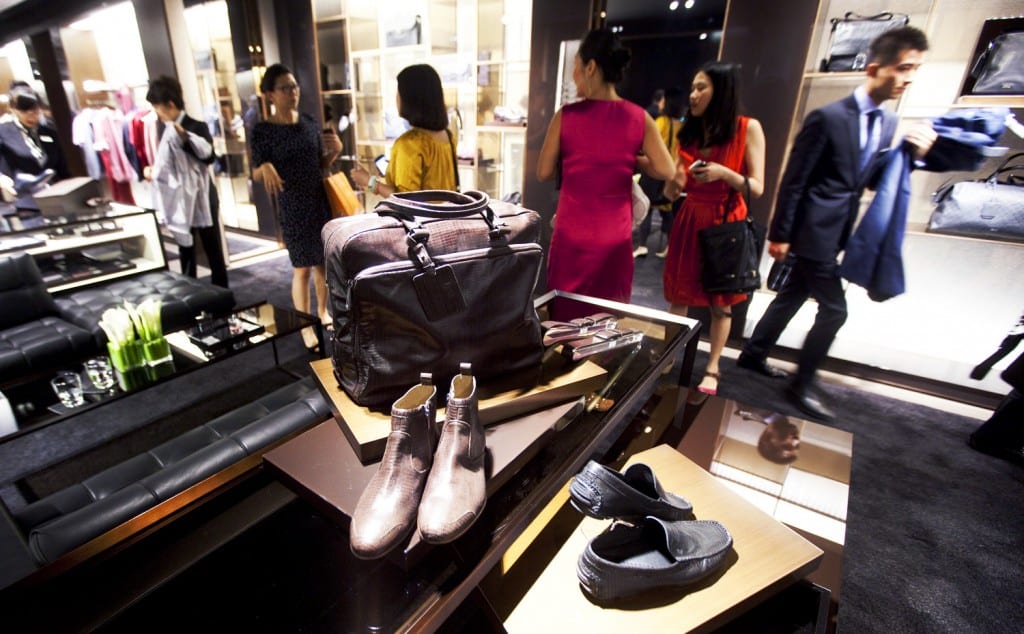
In this year of the 400th anniversary of the passing of William Shakespeare, we’ll borrow some inspiration from the great bard and say: The store is dead – long live the store.
For, despite the stellar rise of online shopping, it accounts for just 7.3 per cent of total global retail spending.
The store’s “renaissance,” if it were needed, reflects the fact that shopping remains popular. It also comes on the back of investment from retailers keen to make the most of the store as a differentiator – the place where shoppers touch the brand. A big feature of this spending has been the drive to make the store central to an omnichannel shopping experience where shoppers can conveniently mix how they try, buy, and return items through online, in-store, and mobile channels.
To achieve this versatility, retailers have deployed RFID and barcode labels to track and trace items across the supply chain, into the store, and back from the customer (via returns). By using such labels, which can be automatically recorded by RFID systems or handheld computers and scanners, retailers can capture what we call Enterprise Asset Intelligence (EAI). As we move forward, EAI will play a key role as retailers look to make the in-store experience ever more enjoyable and rewarding.
Continuous improvement
Smart labels and sensors can be attached to any object – associates, stock, vehicles, equipment, totes and pallets, and many more. The stream of data collected from the labels is connected over wireless and cell networks to your back office, providing visibility into every area of your operations. This opens boundless opportunities to manage processes more efficiently, improve the customer experience, and free your associates from time-consuming to spend more time in the shop floor. A couple of interesting examples include:
What really excites us about retail right now is that we’re getting back to those halcyon days: the days when your local shop keeper would know who you are, know what you want, and engage with you in compelling ways – ways that you’d value and that encouraged your loyalty. We can use technology to achieve similar things – to not only free staff to spend more time with customers but increasingly to offer customers more intriguing, engaging, and rewarding ways to shop.